Peaucellier's linkage questions
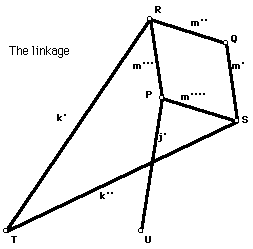
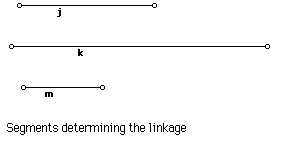
General questions on inversion.
It is assumed that you are familiar with Sketchpad. Thus, the following questions do not give step by step help on the technique of creating a sketch.

Start with an angle determined by three points A, B, and C, and two segments AB and BC, shown in the above figure. Construct a circle of inversion with center not collinear with AB or BC. Invert the points and segments through this circle. Remember that the line segments will invert to curved arcs.
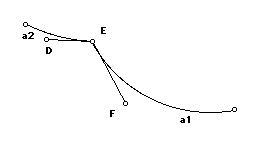
The angle between two arcs meeting at a point is the angle formed by their tangent lines at that point. This is illustrated in the above figure. Using this, measure the original angle and the new angle, and compare your answers. Your answer to this problem should reference a Sketchpad sketch.
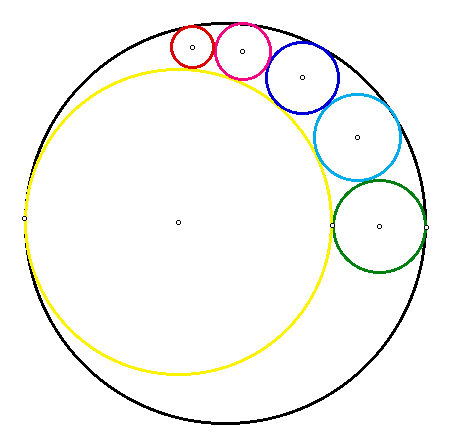
In this problem you create the first four circles in the picture shown above. Starting with three tangent circles, two inside of the third, here is a method of constructing a circle tangent to all three circles. See the two figures below. Repeating this process gives the beautiful picture of arbelos, known to the ancient Greeks.
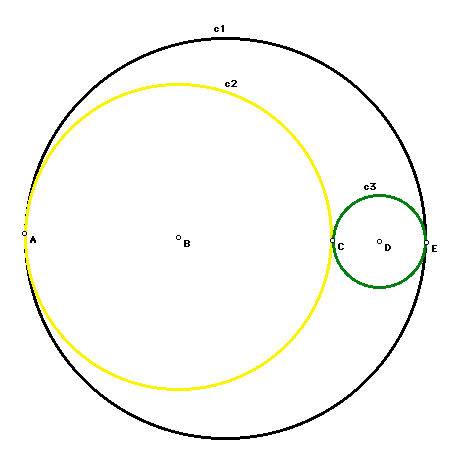
Referring to the labels in the figure, create a circle c5 with center A and arbitrary radius, as shown in the figure below. Invert circles c1,c2, and c3 through circle c5. What do you get? Relate this to the chart you made for the lab.
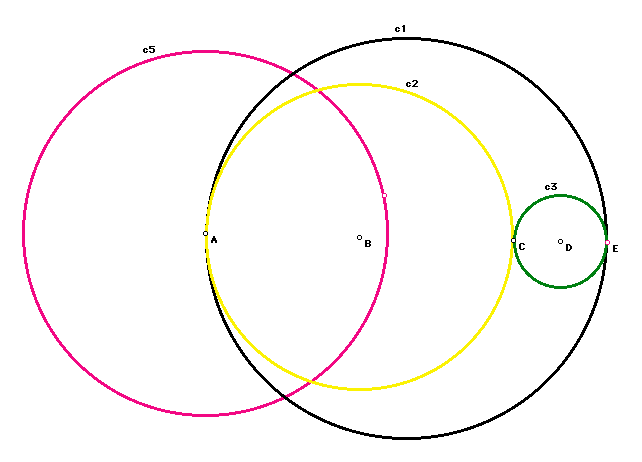
Create circle c6 tangent to the three inverses. Notice that by inverting, you made it possible to do this construction.
Using your answer from the previous problem justify this statement: inversion preserves tangency. Using this information, create circle c4, tangent to c1, c2, and c3. This is the first step in constructing the arbelos picture. For extra credit, create two more circles in the arbelos picture.
See Dan Pedoe, Geometry, A Comprehensive Course page 89 for more information.
Inversion in the circle changes the objects we are familiar with in the Euclidean plane, and changes the relations between them. For instance, the inverse of a pair of parallel lines is a pair of circles that meet at the center of the circle of inversion. Other relations between objects stay the same: exercise 10 shows that inversion preserves angles if the "angle between two circles" is correctly defined.
Choose some familiar definition, axiom, or theorem from Euclidean geometry and explore its manifestation in an inverted Euclidean geometry. Discuss the consequences of any changes you discover.
For instance, the definition of "line" might be changed to mean "infinite straight objects and circles through the origin". This would have consequences for all axioms and theorems about lines. "Triangles" would no longer have straight line segments for sides, but the sum of their angles would still be 180 degrees. In an inverted geometry, statements about similarity and congruence of triangles become much more complicated.